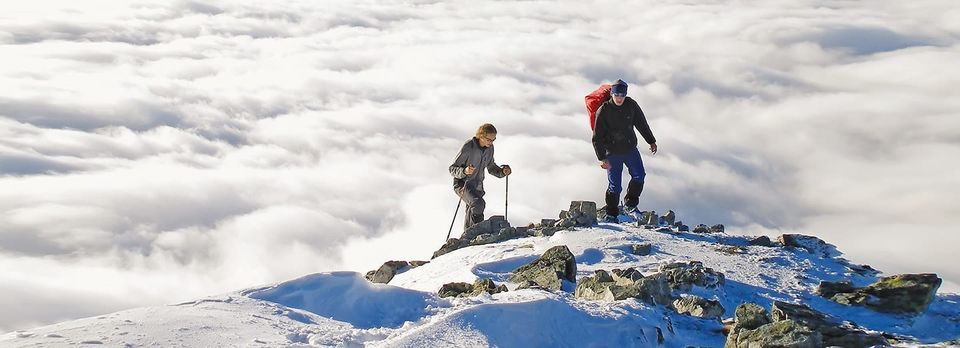
A young boy (25-26 years old) who visited Ladakh recently started to feel a little sick and dizzy when he made his way up in the mountains. He ignored these premature signs and continued climbing. Soon, his health condition worsened. He was under medical treatment up until he was no more. Yes, he isn't alive anymore.
The tragic incident is an alarming call to make ourselves more aware about AMS, or acute mountain sickness. The most important thing to remember about AMS is that it doesn't care how many times you have been to high altitudes – You can still be affected by it any number of times. Every time your body starts fighting AMS, you start at zero, no matter how many times you have fought AMS before.
People need to understand how their body feels and always seek help whenever they feel something odd happening to themselves. And this is why it is important to understand what AMS is in detail and how it can be prevented.
What is AMS?
Acute Mountain Sickness (AMS) is a common illness that can affect hikers, skiers, mountain climbers or travelers at high altitude. One usually suffers through it when they reach above 8,000 feet from the ground (which is about 2,400 meters).
What causes AMS?
AMS is caused due to lower oxygen levels and reduced air pressure at high altitudes. It is generally considered as a mild illness and a very common one. But if its not treated in time, it can turn out to be life threating too.
Can we prevent it?
Yes, we can certainly prevent it. We just need to take care of a few things. It is important to realise that the faster you climb to a high altitude, you increase the chances of being affected by acute mountain sickness. So, it is advisable to ascend gradually in order to prevent yourselves from mountain sickness.
What are the symptoms like?
Some of the common symptoms are: a feeling od dizziness, you might get a headache, might experience amuscle arches or nausea. These symptoms tend to occur within hours after arrival at high altitude. Of you experience any of these, you need to get alert and act on it.
Can it be treated with ease or it is life threatening?
Yes and No. It depends from person to person. Most cases of altitude sickness are mild, but some may be life-threatening too.
Who is most at risk of AMS?
People who live at or near sea level and travel to a high altitude, who have had the illness before, who have had Alcohol, who have had the illness before, who has existing medical problems related to heart, lungs or nervous system.
What is the best remedy of AMS?
•If in case you feel a bit uneasy, its best to not go any higher for at least 24 to 48 hours. It is advisable to stop and rest where you are.
•Keep yourself hydrated. (Can't stress enough how important this is)
•If you have a headache, take Paracetamol or ibuprofen. It will help you get rid of it.
•If you feel sick, take an anti-sickness medicine, such as promethazine.
• It is advisable not to exercise or do any sort of heavy physical activity
•Please do not smoke or drink alcohol,
What can we eat to reduce the chances of being affected by AMS?
Food items that are rich in potassium is highly recommended. These include bananas, greens, avocados, dry fruits, potatoes and tomatoes helps your body to acclimate faster. Secondly, intake of complex carbohydrates have proven to be good for the purpose of stabilizing your blood sugar and maintaining energy.
NOTE: You MUST avoid foods high in salt.
How long does Altitude sickness last?
In most of the cases, the altitude sickness will go away after 2-3 days of proper rest at lower altitude (of course). But severe syndromes such as HAPE (High Altitude Pulmonary Edema- buildup of fluid in the lungs) can take weeks to go away. Often one can also be hospitalized to deal with the same as HAPE can be life threatening.
A genuine request to all the travelers (at high altitude), mountain climbers and skiers to keep the above mentioned points in mind so that you can reduce the chances of being affected by AMS. One can not stop the traveler to climb to mountain tops but one can certainly stop themselves from being affected by AMS.
Ready to travel for free? Earn credits and redeem them on Tripoto’s weekend getaways, hotel stays and vacation packages!
Think we missed out on something? Tell us about it in the comments below. Or write about it here on Tripoto and earn Tripoto Credits!
